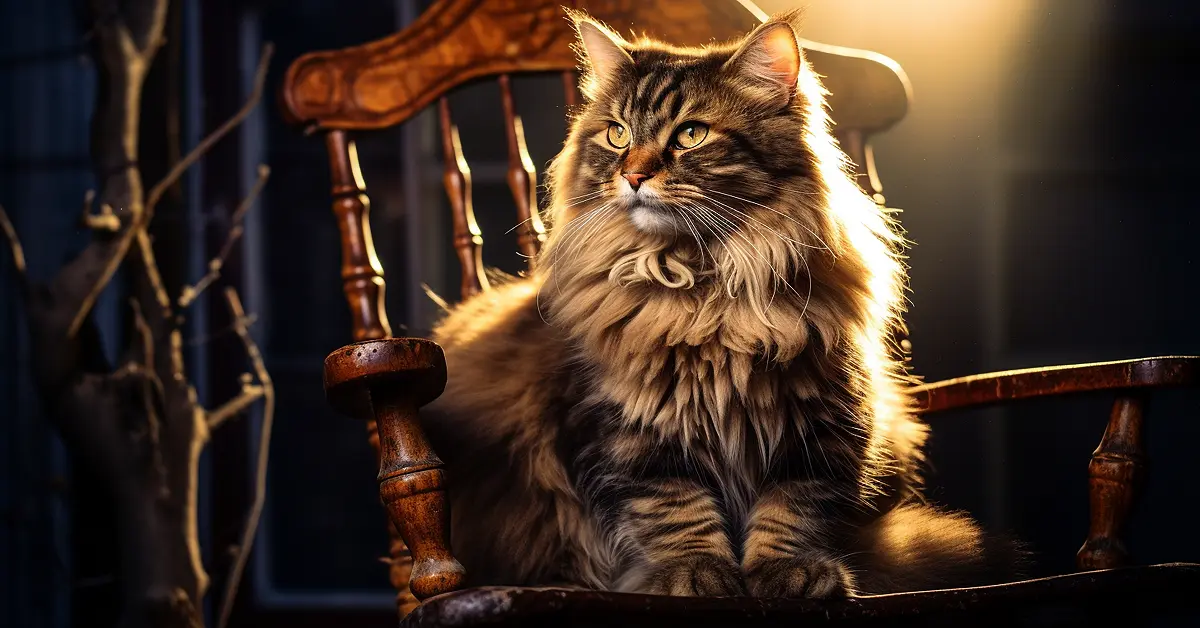Introduction
The Charm of Feline Artistry
Cats have always captivated humans with their grace and enigmatic presence. From ancient civilizations to modern times, artists have been inspired by these fascinating creatures. In this guide, we’ll explore the world of drawing drawing:vpier3s64be= cat and provide tips on how to capture their essence on paper.
Getting Started: Essential Materials and Setup
Tools of the Trade
Before diving into the world of drawing:vpier3s64be= cat, it’s essential to gather the necessary materials. You’ll need quality paper, pencils of varying hardness, erasers, and sharpeners. Optional materials include colored pencils, pastels, or charcoal for adding color and depth to your drawings.
Creating Your Workspace
Setting up a dedicated workspace is crucial for fostering creativity and focus. Choose a quiet, well-lit area where you can work comfortably for extended periods. Ensure your workspace is organized and free from distractions to maximize productivity.
Understanding Cat Anatomy: A Beginner’s Guide
Breaking Down the Basics
To accurately portray cats in your drawings, it’s essential to understand their anatomy. Cats have a distinctive skeletal structure and muscular build that influence their appearance. Study reference images and anatomy guides to familiarize yourself with the proportions and features of a cat’s body.
Focus on Facial Features
The face is often the focal point of a drawing:vpier3s64be= cat, conveying its unique personality and expression. Pay close attention to the shape and position of the eyes, ears, nose, and mouth. Cats’ eyes are particularly expressive and can convey a wide range of emotions, from curiosity to disdain.
Techniques for Drawing Cats: From Sketch to Finish
Sketching the Outline
Start by lightly sketching the basic shapes and proportions of the cat’s body using a HB or 2B pencil. Focus on capturing the overall gesture and pose before adding details. Pay attention to the curvature of the spine, the position of the limbs, and the flow of the tail.
Adding Details and Texture
Once you’re satisfied with the overall composition, begin adding details to your drawing. Use a sharper pencil or fine-tip pen to define the contours of the cat’s features, such as the eyes, whiskers, and fur. Experiment with different shading techniques to create texture and depth, such as hatching, cross-hatching, and stippling.
Bringing Your Cat Drawing to Life: Tips for Realism and Expression
Observational Drawing
To truly capture the essence of a cat in your drawings, practice observational drawing. Spend time studying real cats in various poses and situations, paying attention to their movements, gestures, and expressions. Sketching from life will help you develop a deeper understanding of feline anatomy and behavior.
Experimenting with Style and Composition
Don’t be afraid to experiment with different drawing styles and compositions to find what works best for you. Whether you prefer realistic renderings or stylized interpretations, allow your creativity to shine through in your artwork. Play with composition, scale, and perspective to create dynamic and engaging drawing:vpier3s64be= cat.
Conclusion
Drawing:vpier3s64be= cat is a rewarding and enjoyable artistic pursuit that allows you to express your creativity and appreciation for these beloved animals. By honing your skills and experimenting with different techniques, you can create stunning cat drawings that capture the beauty and charm of feline companionship.
